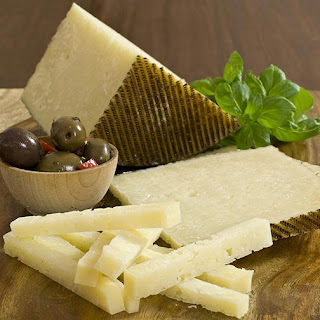 |
| Winter Solstice |
Today is the Winter Solstice. This is the astronomical first day of Winter and it is the shortest day of the year, in the Northern Hemisphere. The Winter Solstice has been celebrated and venerated for many thousands of years. Now, if that were not wonderful enough, there is an additional astronomical treat this year, the conjunction of two planets, Jupiter and Saturn.
The etymology of solstice is from the Latin sol meaning 'sun' and sistere meaning 'to stand still.' So named as for a few days before and after the solstice the sun's path across the sky appears to freeze. On the winter's solstice the sun is low in the sky. The sun's path begins northward again and will reach the most northerly point on the summer solstice. If you step out at noon today your shadow will be the longest of the year.
 |
| Saturnalia Holly and Candle |
Celtic, Germanic, Slavic, Hellenic, etc., people all celebrated the Winter Solstice. The shortest day of the year takes place and the days begin to slowly get longer and and longer. In the Roman world the Winter Solstice festival was Saturnalia. Many of the traditions of Saturnalia have endured and have been assimilated into our own Christmas customs.
The giving of gifts, decorating homes with green using ivy and holly. Candles were given as gifts and used to celebrate the season. Saturnalia is named after the god Saturn. The etymology of Saturn is probably from the Proto Indo European word sewH(r) which means 'seed, bring forth,' and is a cognate with the modern English 'seed, son, semen, and sow (as in a seed).' Saturn is connected to agriculture, and he is often conflated with the Greek Kronos. The two entities come from a single Indo-European spiritual cosmology concept. While it is a different topic, there is a link between the Spirit of Christmas, or Father Christmas, and the traditions and rituals from Saturnalia.
In the 4th Century the Church selected the 25th of December to celebrate the birth of Christ and this allowed them to incorporate Christmas with Saturnalia and the other Winter Solstice celebrations practiced in indigenous European spirituality.
 |
| The Great Conjunction of Saturn and Jupiter |
And speaking of Saturn, his planet and the planet Jupiter have the Great Conjunction tonight. These are the two largest planets in the night sky, easily visible with the naked eye, but if you have binoculars or a telescope, all the better to see them with.
This will be the closest Conjunction in 397 years and will be spectacular. The two planets will only appear 0.1 degree apart tonight. This is a one night event, so if weather permits, I encourage you to view.
For those of us in the Northern Hemisphere the conjunction will appear in the southwestern night sky low on the horizon from dusk and be present for a about an hour.













































